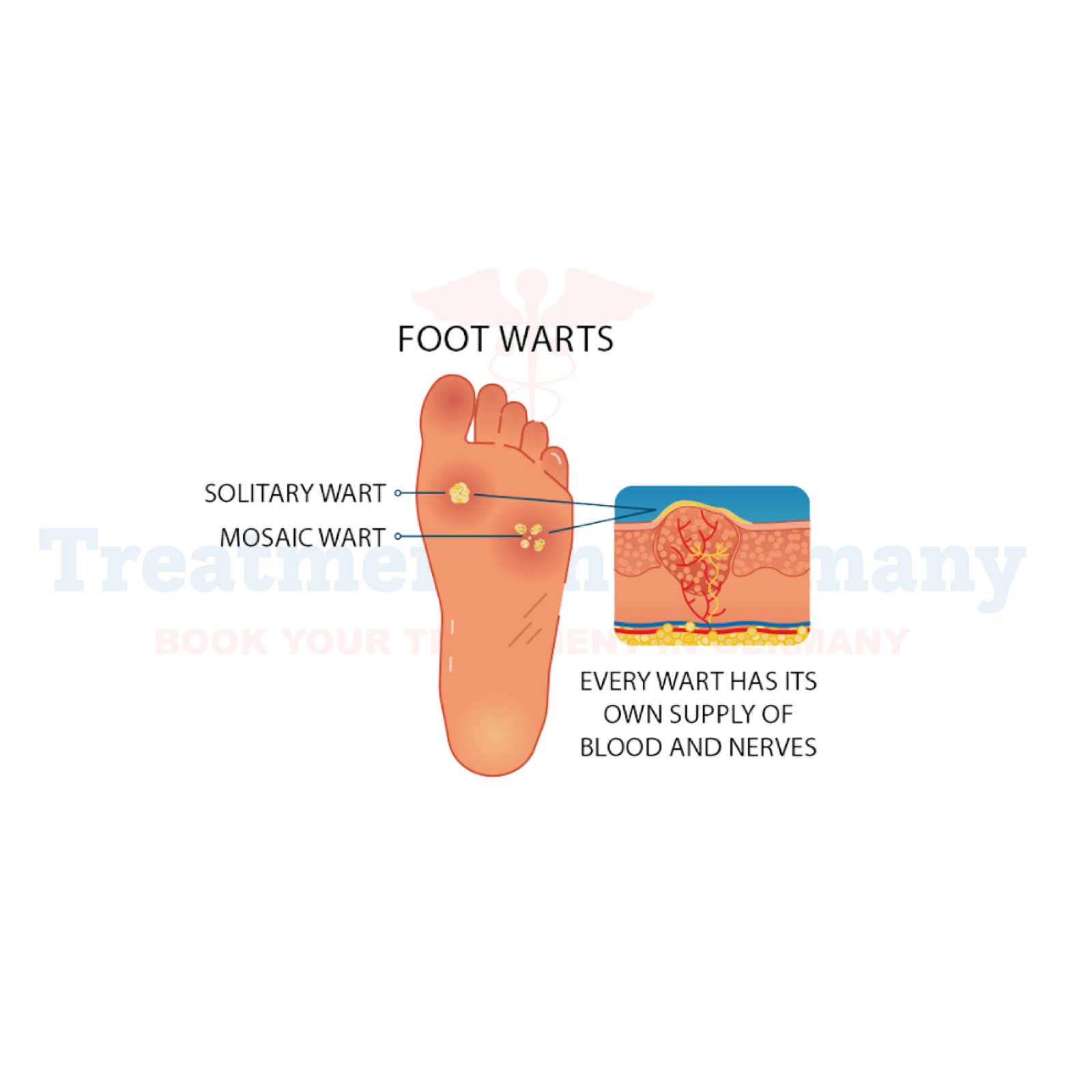Understanding Plantar Warts:
Plantar warts are a common skin condition caused by the human papillomavirus (HPV) that typically affects the soles of the feet. These warts often appear as small, grainy growths with a rough texture, sometimes accompanied by tiny black dots. While they are generally harmless, they can cause discomfort or pain, especially when walking or standing for long periods.
Side Effects of Plantar Warts:
The most noticeable side effect of plantar warts is discomfort or pain, particularly when pressure is applied to the affected area. This can make walking or standing for extended periods difficult or painful. In some cases, plantar warts may also spread or multiply if left untreated, leading to larger clusters of warts.
Diagnosis of Plantar Warts:
Diagnosing Plantar Warts typically involves a visual examination by a healthcare professional. The distinctive appearance of the warts, often with a rough surface and small black dots, helps in identification. Sometimes, a biopsy may be performed to confirm the diagnosis, especially if the growths are unusual in appearance or do not respond to standard treatments.
Potential Treatments of Plantar Warts:
Several treatment options are available for plantar warts, depending on the severity and individual preference. These may include:
👉 Contact us for further information and receive a complimentary consultation.

.webp)
.webp)
 (1).webp)
 (1).webp)


.webp)
.webp)
 (1).webp)
 (1).webp)

